Last Updated on October 4, 2024 by Pinax Team
TL;DR: Learn about the features of Subgraph Studio and how it can help you build, test, deploy, and publish your subgraphs to The Graph Network.
The Graph is essential for creating decentralized applications (dApps) in the web3 ecosystem. It allows developers to query data from different blockchains and present it in a user-friendly way.
This article focuses on The Graph’s Subgraph Studio, a development tool that simplifies creating and managing subgraphs.
💡 A subgraph extracts data from a blockchain, processes it, and stores it so it can be easily queried via GraphQL.
What is Subgraph Studio?
Subgraph Studio is a visual interface that allows developers to interact with The Graph. It provides a user-friendly platform for creating, deploying, publishing, and managing subgraphs, which is essential for querying and presenting data from various blockchains.
Key features of Subgraph Studio
- Create and deploy a subgraph
Subgraph Studio makes it easy to create and deploy subgraphs. Developers can create a subgraph by defining the schema, mapping the data sources, and deploying it for testing.
- Test a subgraph
After you deploy your subgraph to Subgraph Studio with the CLI, you can test it using the playground. If needed, you can also deploy another version of your subgraph or update its metadata. For instructions on creating and testing a subgraph, see How to Use Subgraph Studio.
- Track subgraph indexing logs
Check the subgraph logs to identify if your subgraph produces any errors during indexing and debug it if necessary.
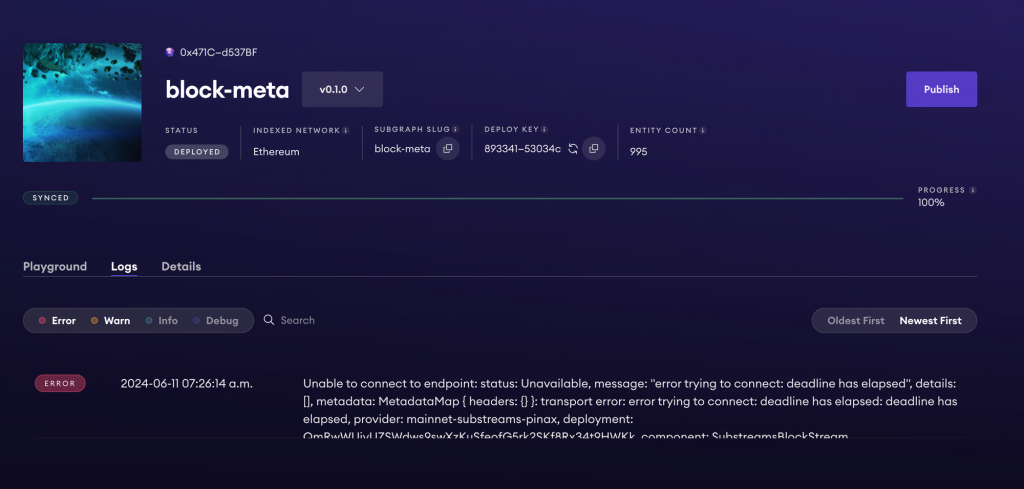
- Publish and update a subgraph
Publish your subgraph to the decentralized network directly from the Subgraph Studio dashboard, and you’ll be able to see it on Graph Explorer. For instructions on publishing a subgraph, see Publishing a Subgraph to the Decentralized Network.
You can update your subgraph’s metadata without publishing a new version. But if you want to update your subgraph to a new version, you can deploy it to the Studio using the CLI (as before), test it, and publish it.
Subgraph lifecycle flow
The diagram below shows when you can use Subgraph Studio for your subgraph through creation, testing, updating the metadata, publishing, and deploying a new version.
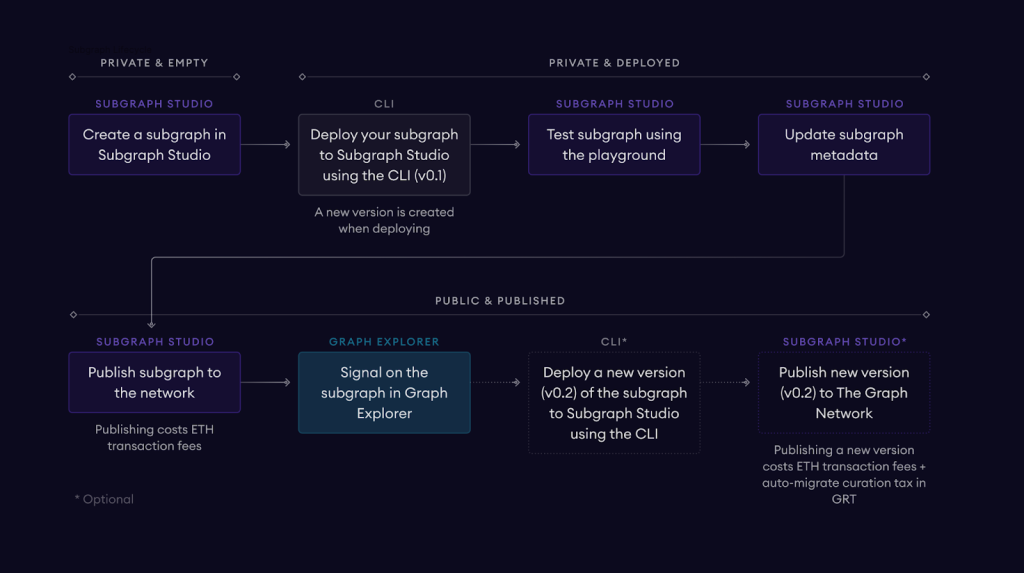
Benefits of using Subgraph Studio
Subgraph Studio offers multiple benefits to developers working in web3.
- Increased developer productivity
Subgraph Studio simplifies the process of creating and managing subgraphs, reducing the time spent on these tasks. Developers can focus more on building and testing their dApps. Writing complex queries and managing subgraphs can be time-consuming, but with Subgraph Studio, you can complete these tasks more efficiently.
- Improved developer experience
An intuitive visual interface simplifies creating, deploying, and managing subgraphs. Compared to command-line tools, Subgraph Studio offers an easier-to-use and more visually appealing interface, improving the developer experience and making it easier to work with subgraphs.
- Enhanced debugging capabilities
Deploying to Subgraph Studio is the first step to publishing on the decentralized network. It helps you test the subgraph, find, debug, and fix any issues before releasing it into production on the network.
Learn & explore more
Dive deeper into how Subgraph Studio simplifies creating and managing subgraphs with these resources:
- Building with Subgraph Studio and The Graph with Marcus Rein (The Graph Builders Office Hours)
- How to Deploy a Subgraph – A Step-By-Step Walkthrough (The Graph’s tutorial)
- Building a Subgraph with Subgraph Studio (The Graph’s video workshop)
More on subgraphs:
- What’s the Big Deal with Substreams-Powered Subgraphs?
- How to Assess and Query Subgraphs on The Graph Network
- Why Choose Messari Subgraphs for Web3 Data Analysis?
💡 This article answers questions like:
- How does a developer build a subgraph on The Graph?
- What tools are available for developers to create and deploy subgraphs?
- What does Subgraph Studio do?
- What are the benefits of Subgraph Studio?
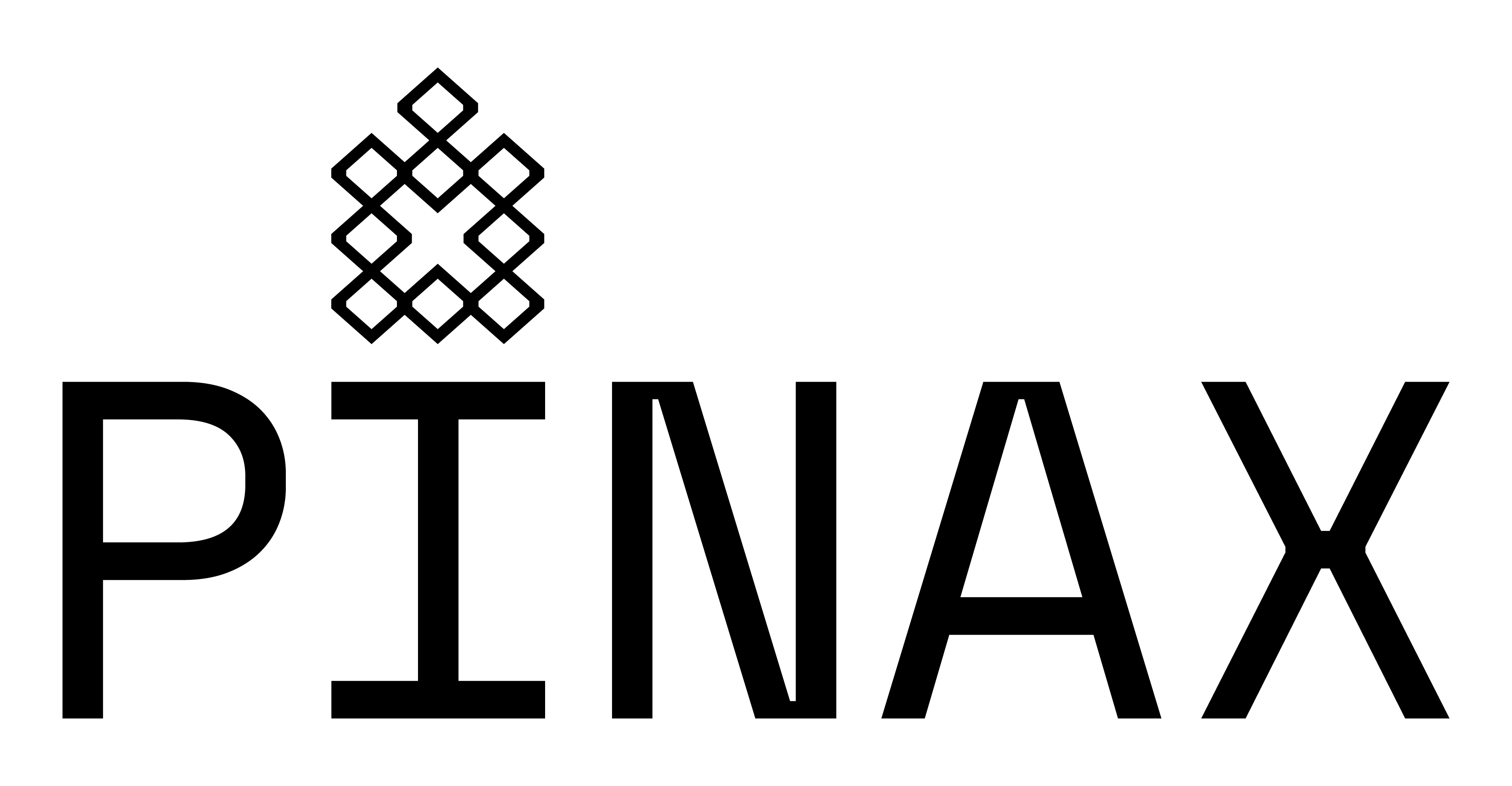

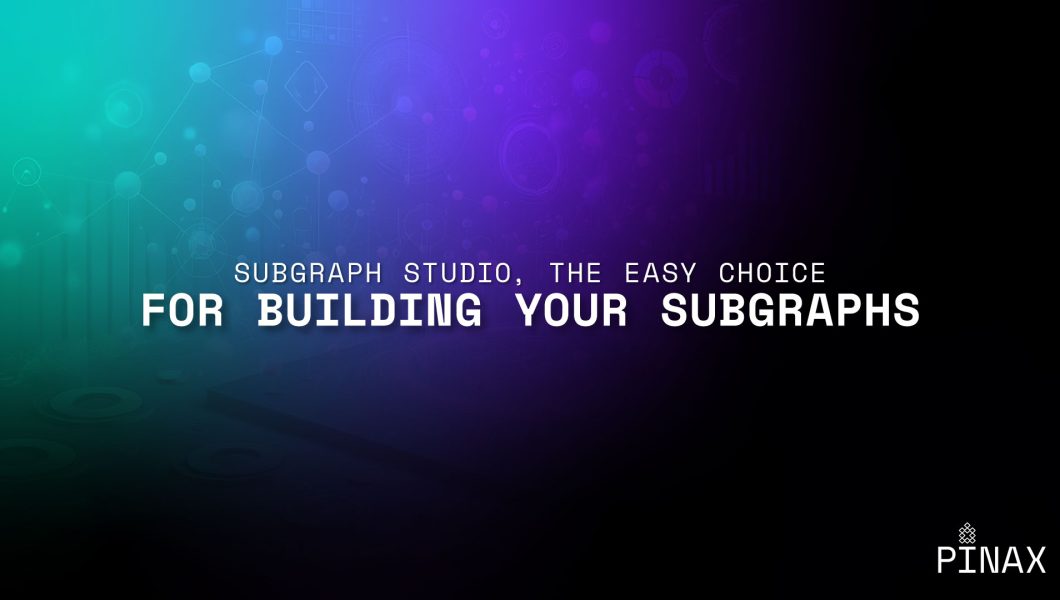




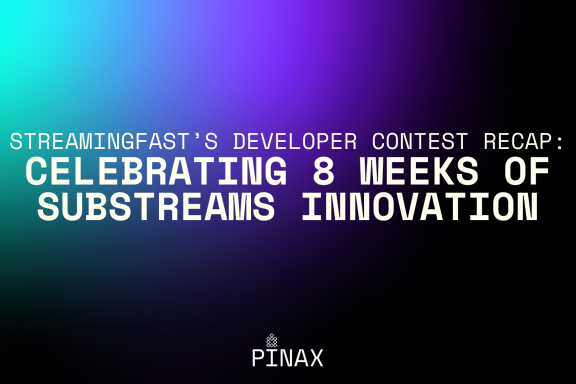
No Comments